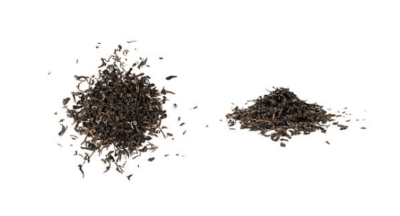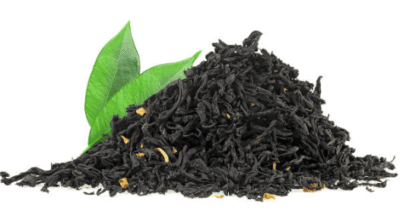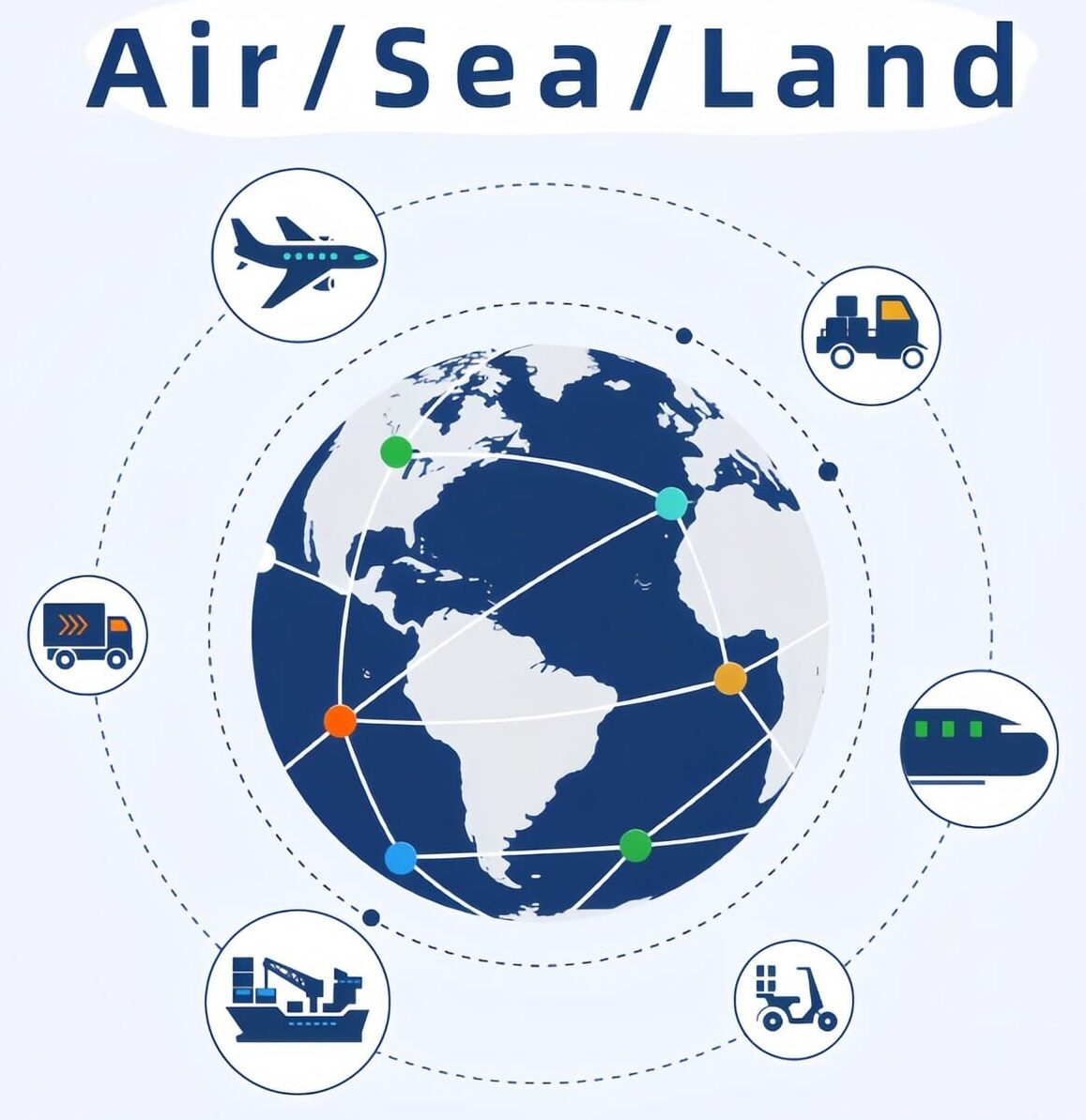In today’s competitive global tea market, maintaining product quality from origin to retailer determines your brand’s reputation. For tea export-businesses, retailers, logistics managers and B2B buyers, mastering international tea freight is key. When handled correctly, you deliver not only flavour but trust. Choosing us, WINWIN global logistics transport, means prioritising speed, packaging and control. In this article, we explore how to keep your tea fresh throughout the supply chain, enabling retail success.
Why Freshness Matters in Tea Export and Retail
The Cost of Compromised Freshness
Tea is highly sensitive to moisture, odours, and mechanical damage during shipment. If you overlook these risks in your international tea freight, you may face flavour loss, discoloration or even product rejection. That directly affects your brand and retail performance.
Freshness Drives Retail Success
Retail buyers and consumers now look for harvest date, flavour integrity and origin transparency. Strong logistics, therefore, become a retail-differentiator. When you partner with WINWIN international tea freight services, you signal quality commitment.

Key Factors to Safeguard Tea Quality in Global Shipping
Optimal Packaging and Handling
-
Use moisture-resistant and aroma-proof materials for packaging.
-
Avoid stacking and slings in transport as tea chests are fragile.
-
Choose containers certified and clean to prevent odour contamination.
WINWIN ensures end-to-end control from origin to port.
Controlled Environment During Transit
-
Maintain consistent temperature (5-25°C) and low humidity levels.
-
Select container types that protect from condensation and salt-air exposure.
Compliance with Supply Chain Protocols
-
Monitor moisture content: too low (<2%) or too high (>9%) causes deterioration.
-
Ensure the logistics partner offers tracking, documented chain of custody and condition monitoring. WINWIN provides digital tracking and climate-controlled options.
Practical Steps for Exporters, Retailers & B2B Buyers
Exporters & Suppliers
-
Schedule shipment promptly after harvest to capture peak freshness.

-
Choose freight lifecycle partners that specialise in tea.
-
Negotiate terms that include freight quality clauses and freshness guarantee.
Retailers & Brand Owners
-
Check supplier logistics credentials and ask for provenance & transit data.
-
Demand transparent packaging, seal verification and condition reports.
-
Use data from logistics to educate your consumers—freshness sells.
Logistics & Procurement Managers
-
Integrate logistics early in product planning to avoid bottlenecks.
-
Evaluate carriers on condition monitoring, not just cost.
-
Set up contingency for seasonal spikes or origin-region disruptions.
Why Choose WINWIN for International Tea Freight
-
Experience in global tea freight enables WINWIN to manage delicate cargo with care.
-
We implement climate-controlled shipping and real-time tracking to preserve freshness.
-
Our global network and expertise in tea logistics reduce risk, cost and lead-time.
By choosing WINWIN, you align logistics with retail-quality outcomes and protect your brand value.

Conclusion
Ensuring freshness in international tea freight is no longer optional—it’s essential for retail success. From packaging to shipping, environment control to logistics partner selection, every step matters. By teaming with WINWIN global transport services, tea exporters, brand owners, retailers and logistics professionals ensure they deliver premium-quality product every time. With quality intact, you not only meet customer expectation but reinforce brand reliability and gain a competitive edge.
FAQ
Q1: How soon should tea be shipped after harvest to preserve freshness?
Ideally within 3-4 weeks after harvest; delays beyond 1.5-2.5 months may reduce quality.
Q2: What packaging conditions protect tea during international freight?
Use moisture-proof, odour-free materials and avoid any cargo exposure to damp or strong scents.
Q3: What should I ask my freight partner to guarantee freshness?
Ask for climate-controlled transit, real-time tracking, origin-to-destination monitoring and a condition report on arrival.










